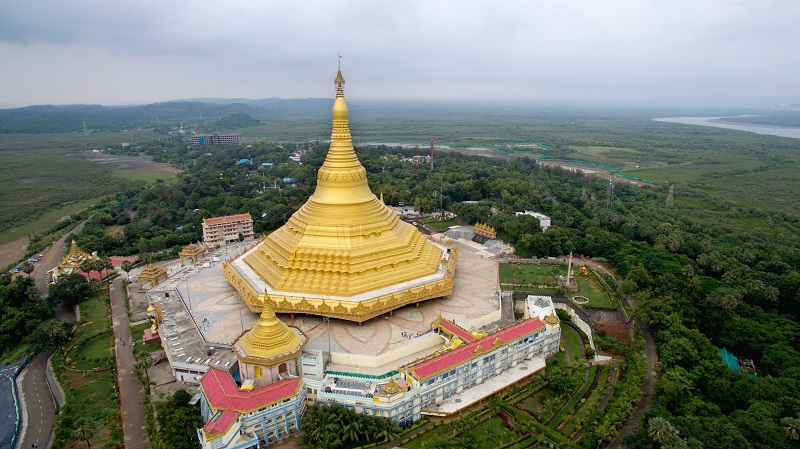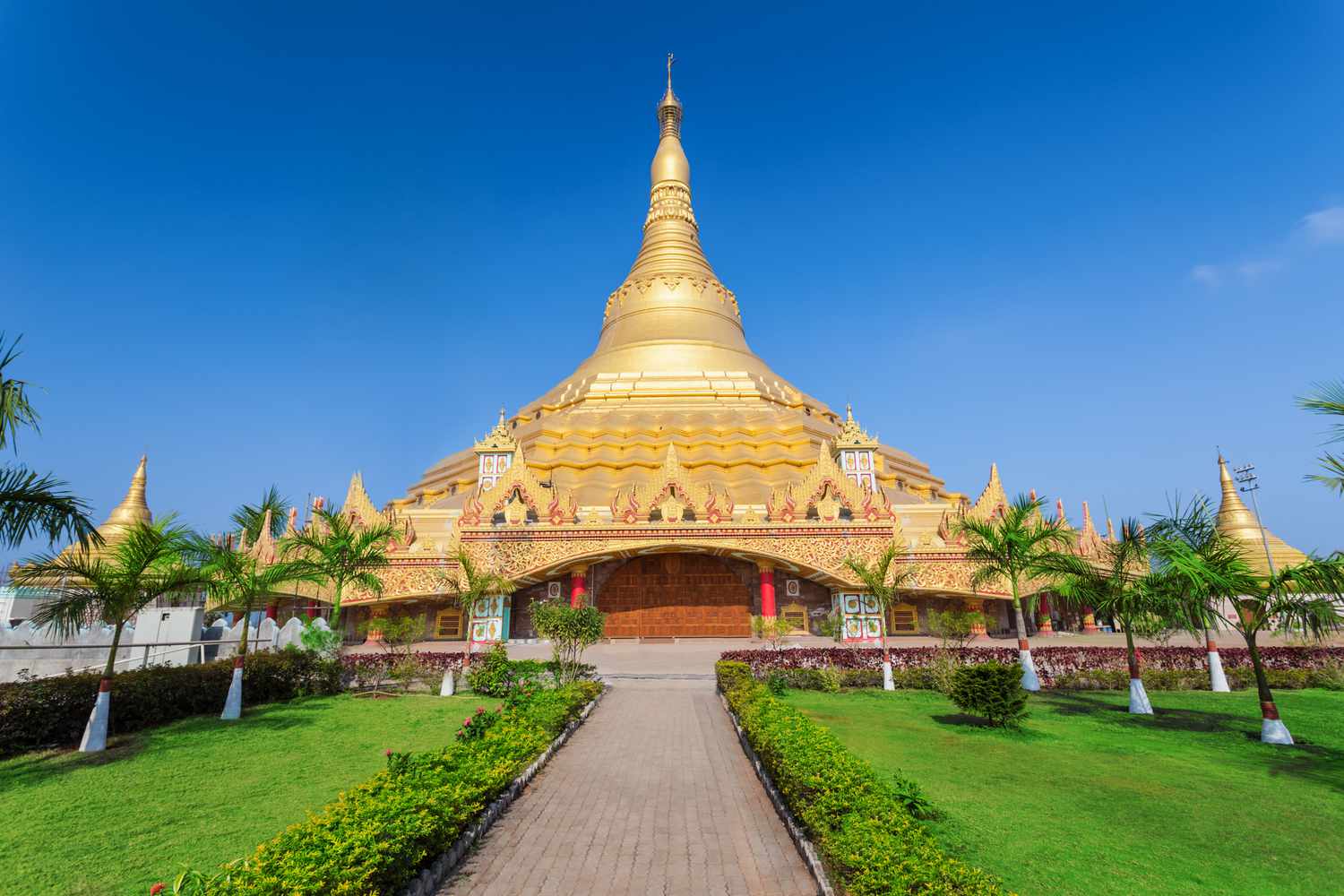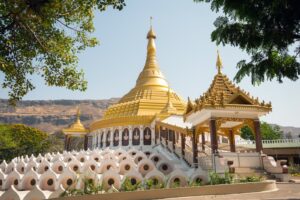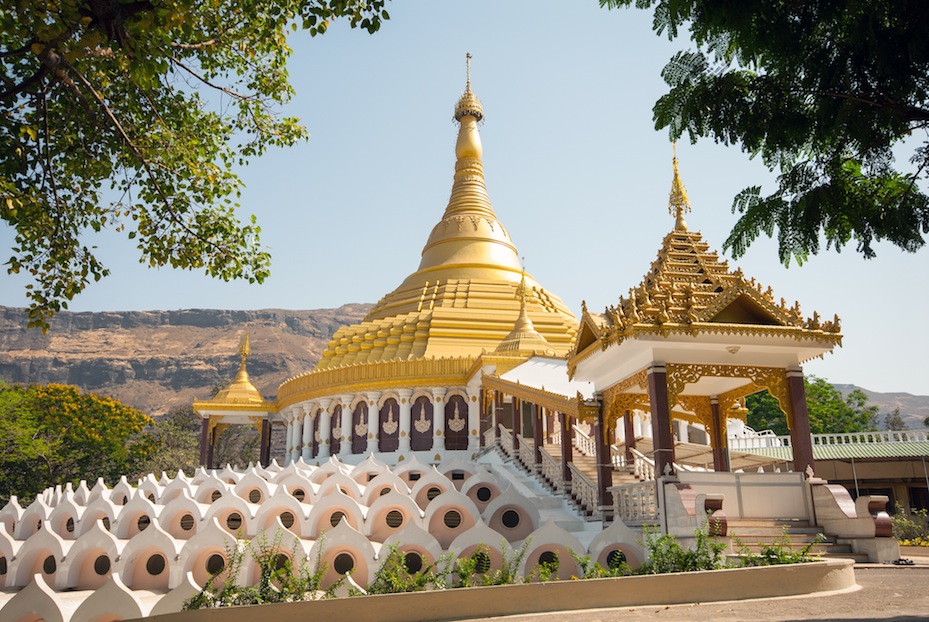About Vipassana Meditation
Rooted in the rich soils of Indian history, Vipassana, a powerful meditation technique dating back over 2,500 years, is experiencing a resurgence. Meaning ‘to see things as they truly are’, Vipassana was brought to light by Gotama Buddha, who propagated it as an all-encompassing cure for life’s universal woes — a form of ‘Art of Living’ — and as a path towards complete liberation via the thorough elimination of mental impurities.
The core of Vipassana is self-transformation through a meticulous process of self-observation. The technique shines a spotlight on the deep interlinkages between the mind and the body, an association that can be tangibly felt through disciplined attention to the body’s physical sensations. These sensations, which continuously ebb and flow, influencing the mental state, can be harnessed through a journey of self-exploration, leading to the dissolution of mental impurities and resulting in a balanced, compassionate mind.
In practicing Vipassana, the intricate scientific laws that govern our thoughts, emotions, judgments, and physical sensations become distinctly apparent. This journey, experienced directly, offers profound insights into personal growth and regression, suffering and the path to liberation from it. As practitioners delve deeper into the practice, they find their lives imbued with heightened awareness, self-control, and a sense of tranquility, free from delusions.
The dawn of Vipassana represents a transformative moment in the wellness sphere. It invites individuals on a journey of introspection and growth, paving the way for a future marked by peace and self-awareness. Vipassana — a rediscovered ancient practice — is not just a meditation technique; it’s a lifestyle, an Art of Living, offering a sanctuary in our chaotic world.

The Tradition
With its origins tracing back to the era of Buddha, Vipassana, an ancient technique of meditation, has been preserved and passed on through an unbroken lineage of teachers, remaining as potent and relevant today as it was thousands of years ago. At the heart of this enduring tradition was the late Mr. S.N. Goenka, a man of Indian heritage born and raised in Burma (now Myanmar), who played a pivotal role in spreading Vipassana across continents.
Mr. Goenka was fortunate to study Vipassana under the tutelage of Sayagyi U Ba Khin, a respected government official of the time. Following an intensive 14-year training period, Goenka moved to India, armed with Sayagyi’s authorization to teach Vipassana. From 1969 onwards, Goenka undertook the mission of educating thousands of individuals from diverse racial and religious backgrounds in both Eastern and Western parts of the world.
Recognizing the burgeoning interest in Vipassana and its transformative power, Goenka took the initiative in 1982 to appoint assistant teachers to aid him in catering to the escalating demand for Vipassana courses. Leaving no stone unturned, Goenka created an exhaustive system for the training and appointment of future Vipassana teachers, thereby ensuring the continuity of the practice after his death in 2013.
Goenka’s legacy has ensured the perpetuation of the Vipassana tradition, bridging the gap between the past and the present. It stands testament to the enduring relevance of this meditation technique that enables individuals to gain an insight into the reality of their own nature, fostering global harmony one meditator at a time.

The Courses
At the core of the ancient technique of Vipassana, there’s a challenging yet rewarding ten-day residential program. Participants of the program adhere to a well-defined Code of Discipline, grasp the fundamentals of the method, and apply it intensively to fully appreciate its transformative benefits.
The path is rigorous and demands serious commitment. The training unfolds in three distinct stages. Initially, participants are required to practice restraint by refraining from acts such as killing, stealing, engaging in sexual activity, speaking falsely, and consuming intoxicants. This moral code serves to tranquilize the otherwise restless mind, preparing it for the inward journey of self-observation.
Subsequently, the focus shifts to mental discipline. Participants learn to anchor their attention to the continual ebb and flow of their breath. By the fourth day, as the mind becomes increasingly serene and focused, it’s ready for the core practice of Vipassana: observing bodily sensations, comprehending their nature, and fostering equanimity by refraining from reaction.
The final day introduces the meditation of loving kindness or goodwill towards all, a practice which allows the inner purity cultivated during the course to be radiated outwards, benefiting all beings.
The essence of the entire Vipassana practice is mental training. Much like physical exercises enhance bodily health, Vipassana serves as a powerful tool to cultivate a resilient, healthy mind.
Due to its proven effectiveness, maintaining the authenticity of the technique is prioritized. The practice isn’t commercialized; instead, it’s freely offered. None of the teachers receive any financial remuneration. Remarkably, even the course expenses, including food and accommodation, are covered entirely by donations from those who have experienced the benefits of Vipassana and wish to extend the opportunity to others.
Progress in Vipassana is gradual, and it’s unrealistic to anticipate resolution of all issues in a span of ten days. Yet, within this timeframe, the essentials can be mastered and integrated into daily life. Regular practice enhances freedom from suffering and moves practitioners closer to the goal of complete liberation. Even a ten-day stint can yield tangible, beneficial results that can be integrated into everyday life.
The Vipassana course is open to all individuals committed to sincere self-exploration. Participants will find Vipassana to be a powerful instrument to cultivate and share genuine happiness, as they personally experience the profound transformation that the technique offers.












